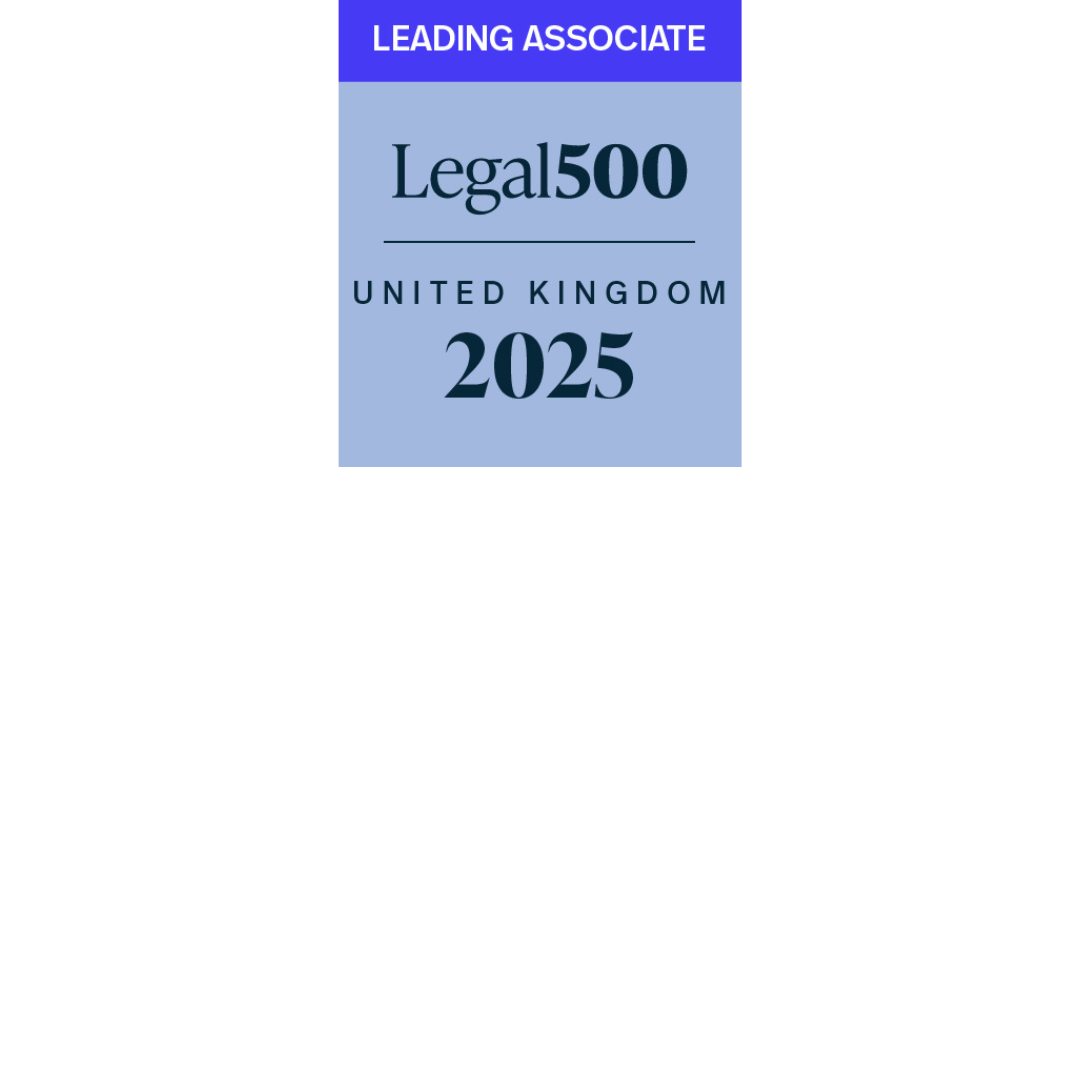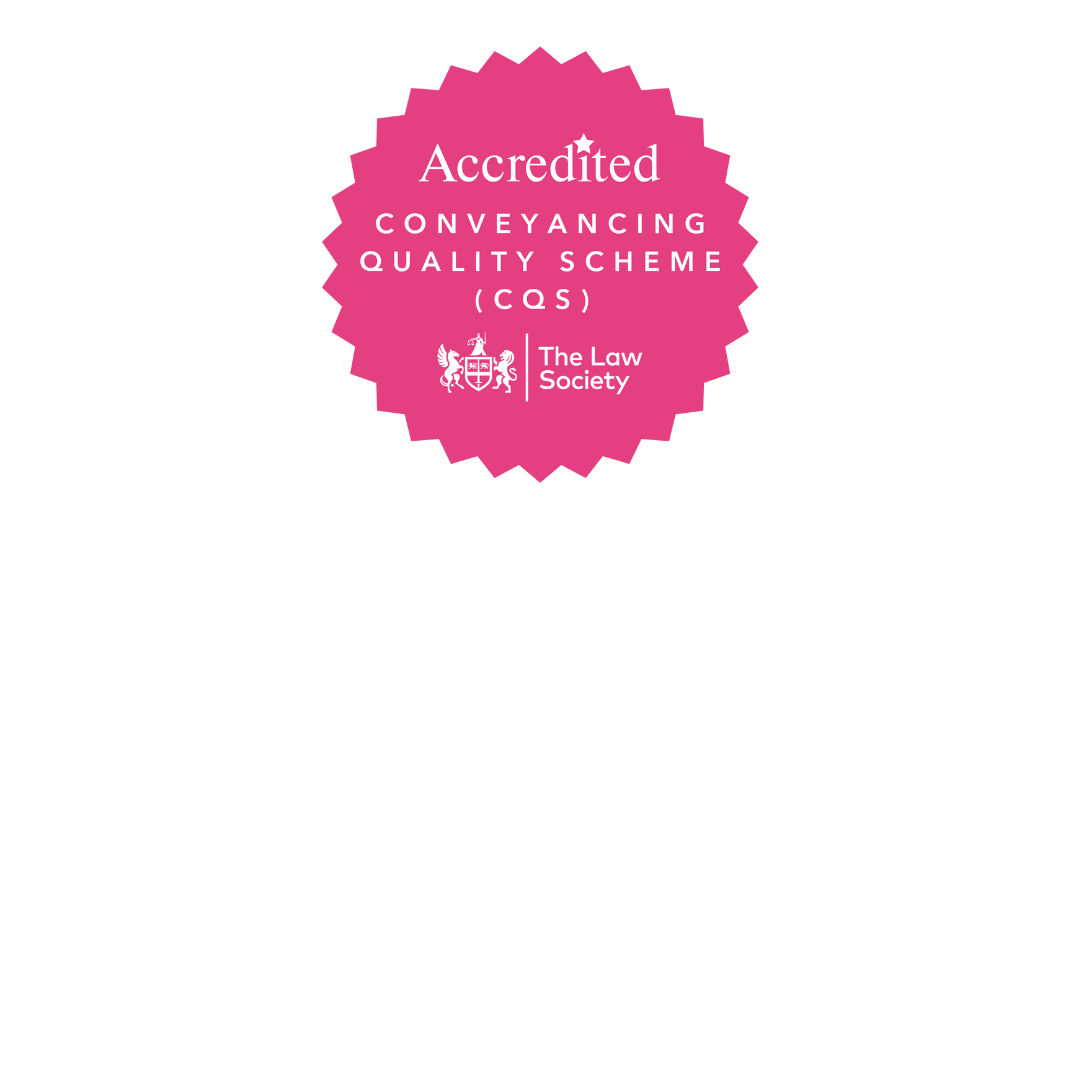
Boundary disputes explained
Boundary disputes can quickly become a contentious issue for neighbours, with each party sure they are in the right and unwilling to compromise. If you are facing or currently embroiled in a boundary dispute read on to find out more about what a boundary dispute could mean for your property…
What do we mean by boundary?
When you buy property, you are also purchasing the land onto which it sits. The amount of land will vary, however, in all cases, where the land you have purchased ends will be denoted by an invisible line, known as the boundary line. The boundary line is sometimes marked by fences, walls, hedges or trees, but it doesn’t have to be. Even with no visible marker, the boundary line still exists and marks everything within the line as yours.
How do you know where your boundary is?
HM Land Registry has a title plan for every registered property, within this title plan the general boundaries of the property are marked. You can get a copy of this from HM Land Registry.
This general boundary is not exact, and it is not knowing exactly where boundaries lie that can lead to problems. The exact boundaries of a property can be established through a boundary agreement, which you can apply to have added to yours and your neighbours’ title plans. In addition, a surveyor can be tasked with drawing a detailed plan of the property with exact boundary lines marked on. This plan and an application form can be sent to HM Land Registry for future reference.
What is a boundary dispute?
In practicality boundaries are often not clear and over time changes can occur that mean boundaries move. Determining which boundary line is correct can become a source of conflict and lead to disputes between neighbours.
Boundary disputes are not uncommon and relate to an issue when two parties believe they have the right to a piece of land.
Common causes of boundary disputes include:
- trees or hedges growing onto another’s property
- changes to party walls
- overstepping the boundary line and encroaching onto another’s property
- who has responsibility for repairs
- refused land access
- objections to extensions.
How to avoid a boundary dispute
The easiest way to avoid a boundary dispute is to keep communication lines open between yourself and the other party. Even if you feel sure of where the boundary lies, talk to your neighbour before you undertake any work to repair, remove or change the boundary in anyway.
Wherever possible put your requests down in writing and document their response. This paper-trail could prove invaluable should problems arise at a later date.
Bear in mind, the person living at the neighbouring property may not own it and in such cases, it is important to get in touch with the landlord, not just the tenants.
When to seek legal advice
If your boundary line matter has reached a stalemate and discussions have broken down, it may be appropriate to seek legal advice. Here at Smith Partnership we will review your case and look at the possible ways to resolve it in a way in which all involved can agree to.
If you’d like to find out more about the legal services offered by Smith Partnership, don’t hesitate to contact us via info@smithpartnership.co.uk. Alternatively, speak to a member of our team directly on 0330 123 1229.

Share this article






















